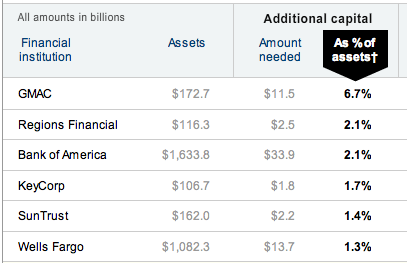Today at TILE, we asked the question…Where Did The Money Go? It seems hard to believe that a few states, including California, are threatening to “shut down,” “declare bankruptcy,” or make payments with “IOUs” instead of cash.
States, unlike the Federal Government, don’t have the authority to print money. Thus, just like an individual, they create a budget – and some states are required by law to keep a balanced budget. This means that the sources and uses need to be in sync. In other words, you can’t spend more money than you have!
So, how does a state make money? States source money from income taxes, sales taxes, investments, and the Federal Government. If the sources shrink, then the spending on programs such as parks, education, roads, and infrastructure must also shrink.
For example, if a state’s population generated $100 in earnings and was taxed at 5%, that means the state made $5. If today, with 10% unemployment, the population only generates $90 in earnings, a 5% income tax leaves the state with just $4.50.
The same theory applies to sales taxes – the less people buy, the less revenue to the state. If $100 in purchases last year was taxed at 5%, the state got $5 in tax revenue. But if this year there was only $90 in purchases, the state only makes $4.50.
On the investment front, states earn a lower return on the money they hold. Today, they can only earn a few percentage points. So instead of 5%, or $5 earned on $100 in investments, there is only $1 of investment income.
Finally, the Federal Government is also losing money and having to shrink the amount it gives to the States.
Add all this up and our hypothetical state which had $115 in Sources last year only has $60 this year. That means there is a lot less money to go around and state legislatures have to make tough decisions about which programs to cut. While borrowing is an option, it’s not always affordable or available. States, like companies, are having a hard time raising money in this market.
In terms of the TILE community, we can think about our sources and uses too. The more we track our expenses and the economic landscape, the more we can make informed choices. The money we have often comes from sources such as jobs, investments, and family. If your sources were cut in half, would you purchase less? Would you go out to eat less often? Could you get another job? How is your investment portfolio doing? If it is earning less, does that mean you have less to spend?
In a perfect world, we can ask for more money or a bigger allowance. The reality is we all have budgets to balance! It’s not that the money is gone, but when less is generated, there’s less to play with.
- Amy
